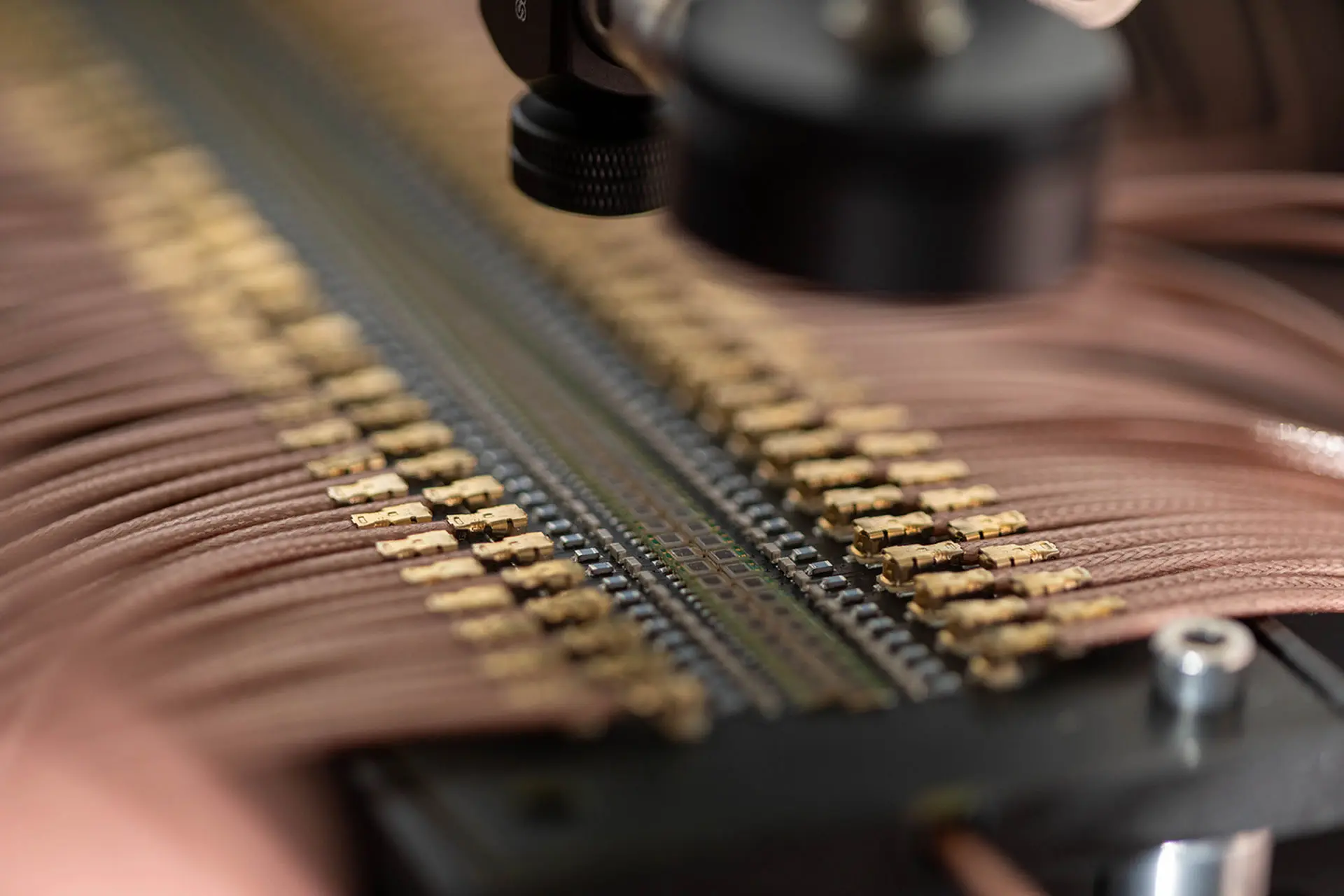High-throughput wide-field multispectral FLIM system based on a 16-channel silicon photomultiplier array Open Access
Published by Laura Di Sieno e Andrea Farina

New study published in APL Photonics; researchers from the Politecnico di Milano and the CNR - Istituto di Fotonica e Nanotecnologie have experimentally demonstrated the possibility of using an array of 16 detectors coupled with a compressing sensing approach to acquire multidimensional images (space, spectrum and time) at very high frame rates.
Fluorescence microscopy is now one of the most popular techniques for studying photophysical processes and molecular interactions in both biomedical and materials science.
As each fluorophore is characterised by a specific emission spectrum and a characteristic lifetime, it is not only essential to reconstruct its spatial distribution, but also to measure its emission spectrum and lifetime using a multispectral microscope (λFLIM ) for fluorescence lifetime imaging. Furthermore, to study biological samples that evolve rapidly over time, a measurement system capable of acquiring at a high frame rate is required, a feature that is not present in currently available λFLIM systems.
The Politecnico and CNR team has proposed a new wide-field microscope for λFLIM, based on an array of 16 silicon photomultipliers (SiPM) and combined with the single pixel camera and compress sensing approach, capable of acquiring multidimensional images (space, spectrum and time) with a frame-rate of around 13Hz.
The researchers validated the system on moving fluorescent samples, paving the way for greater specificity in real-time fluorescence imaging for biological and biosensing applications.